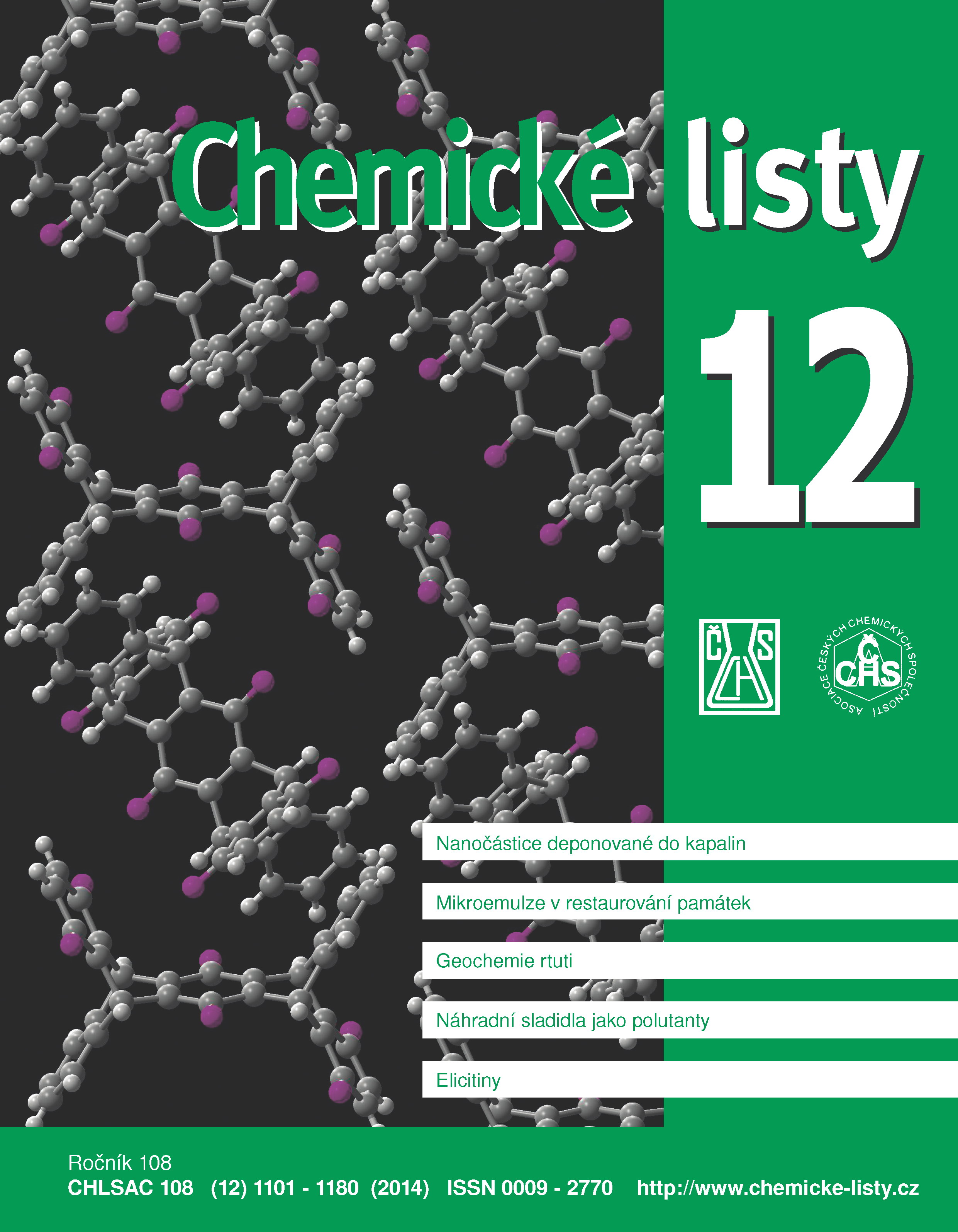Accumulation of Secondary Metabolites in Larvae of Death's-head (hawk) moth (Acherontia atropos) Food in Dependence of Food Composition
Keywords:
Acherontia atropos, atropine, HPLC, metabolism, secoiridoidsAbstract
Selective uptake and storage of various secondary metabolites by phytophagous insects are important aspects of insect – plant interactions. This phenomenon – sequestration – is one of many adaptation processes of phytophagous insects in defence against toxic effects of plant compounds. The larvae of Acherontia atropos were fed on various diets (Atropa belladonna, Ligustrum vulgare) and sequestration of secondary metabolites from foodspaceplants was studied. HPLC/DAD/MS-ESI analysis demonstrated that Acherontia atropos larvae sequester moderate amounts of atropine from Atropa belladonna. Secondary metabolites of Ligustrum vulgare were not sequestered. Some data indicate that these metabolites are hydrolysed and excreted. Acherontia atropos larvae reduce toxic effects of plant compounds also by their metabolisation.





